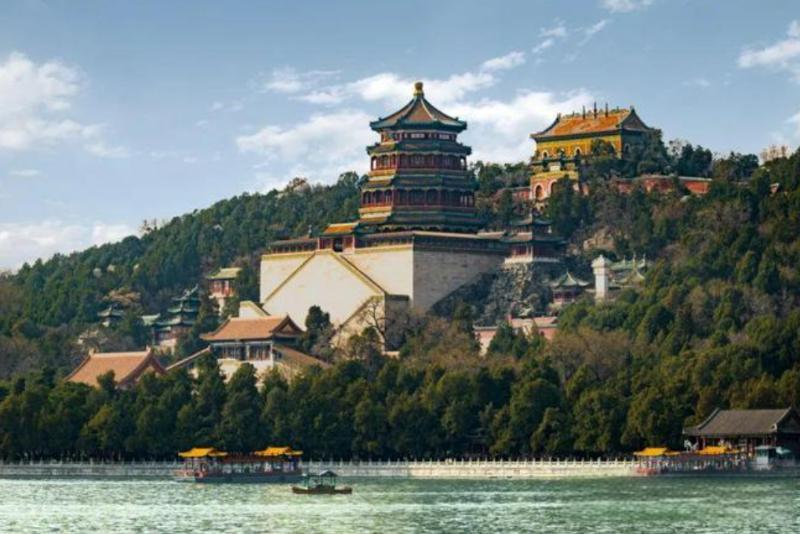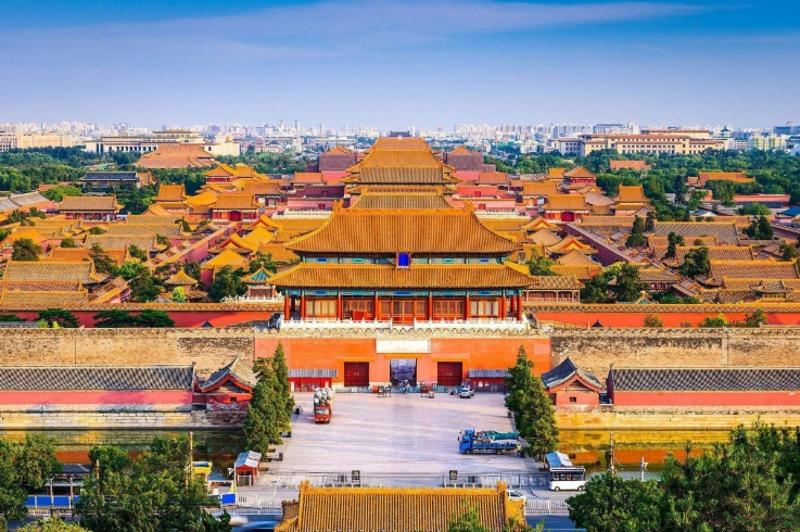What is the difference between the Summer Palace and the Forbidden City?
The differences between the Summer Palace and the Forbidden City are mainly reflected in their historical background, architectural style, and cultural connotations. Here is a detailed explanation:
I. Historical Background
-
Summer Palace:
- Built during the reign of the Qing Dynasty's Emperor Qianlong in 1750, originally known as the Qingyi Garden, it was constructed by Emperor Qianlong to show filial piety to his mother.
- In 1860, it was burned down by the Anglo-French Allied Forces during the Second Opium War, but later rebuilt and renamed the Summer Palace in 1888.
- In 1900, it suffered further damage during the invasion of the Eight-Nation Alliance but was gradually restored afterward.

-
Forbidden City:
- Constructed during the fourth year of the Yongle Emperor's reign in the Ming Dynasty (1406), it took 14 years to complete and served as the imperial palace for the Ming and Qing Dynasties.
- It functioned as the residence and political center for emperors until the fall of the Qing Dynasty.

II. Architectural Style
-
Summer Palace:
- Incorporating design elements from southern Chinese gardens, with Kunming Lake and Longevity Hill as its main features, it boasts a diverse architectural style.
- The palace complex includes various pavilions, palaces, temples, etc., showcasing a variety of architectural styles such as typical courtyard style, Hangzhou West Lake style, and Tibetan lamasery style.
-
Forbidden City:
- Exhibits a typical Beijing-style palace architecture, integrating Han, Tang, Ming, and Qing architectural styles.
- With its roofs adorned with yellow glazed tiles that shimmer in the sunlight, it exudes grandeur.
- The architecture emphasizes symmetry and axial arrangement, reflecting ancient Chinese philosophical and aesthetic principles.
III. Cultural Connotations
-
Summer Palace:
- Not only representing ancient Chinese imperial gardens but also integrating characteristics of both northern and southern gardens, showcasing the essence of traditional Chinese garden art.
- The ancient buildings, cultural relics, and beautiful natural landscapes within the palace grounds embody the profoundness of Chinese traditional culture.
-
Forbidden City:
- As the palace of feudal emperors, it embodies the imperial court culture and the system of imperial power in ancient China.
- Preserving a vast number of historical relics from the Ming and Qing Dynasties, it displays the richness and diversity of ancient Chinese culture.
- It serves not only as a treasure trove of architectural art but also as a carrier of traditional Chinese culture, reflecting various aspects of ancient Chinese society, including politics, economics, and culture.
In summary, the Summer Palace and the Forbidden City exhibit significant differences in their historical backgrounds, architectural styles, and cultural connotations. While the Summer Palace is renowned for its unique garden artistry and abundant natural landscapes, the Forbidden City is celebrated for its magnificent architecture and profound historical and cultural heritage.